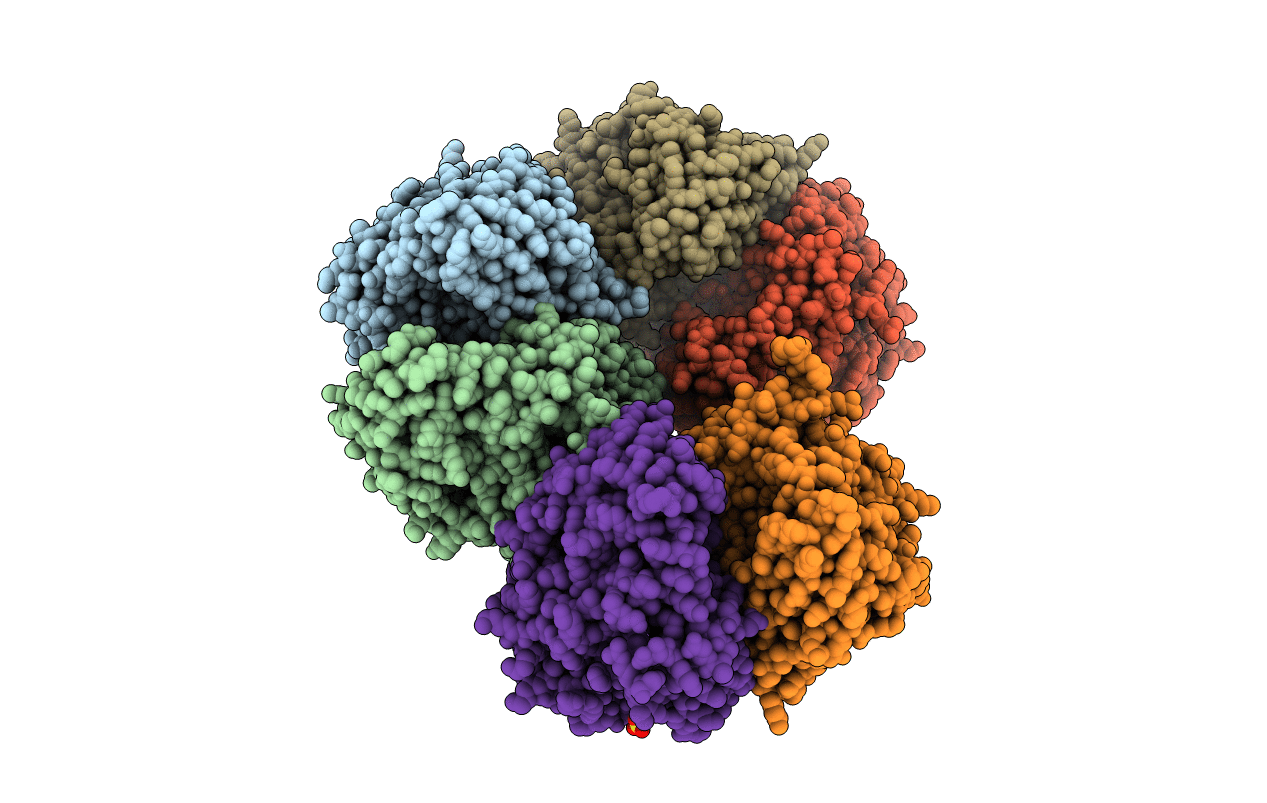
Deposition Date
2010-09-13
Release Date
2010-09-22
Last Version Date
2023-09-06
Entry Detail
PDB ID:
3OTR
Keywords:
Title:
2.75 Angstrom Crystal Structure of Enolase 1 from Toxoplasma gondii
Biological Source:
Source Organism:
Toxoplasma gondii (Taxon ID: 508771)
Host Organism:
Method Details:
Experimental Method:
Resolution:
2.75 Å
R-Value Free:
0.21
R-Value Work:
0.17
R-Value Observed:
0.17
Space Group:
I 4


